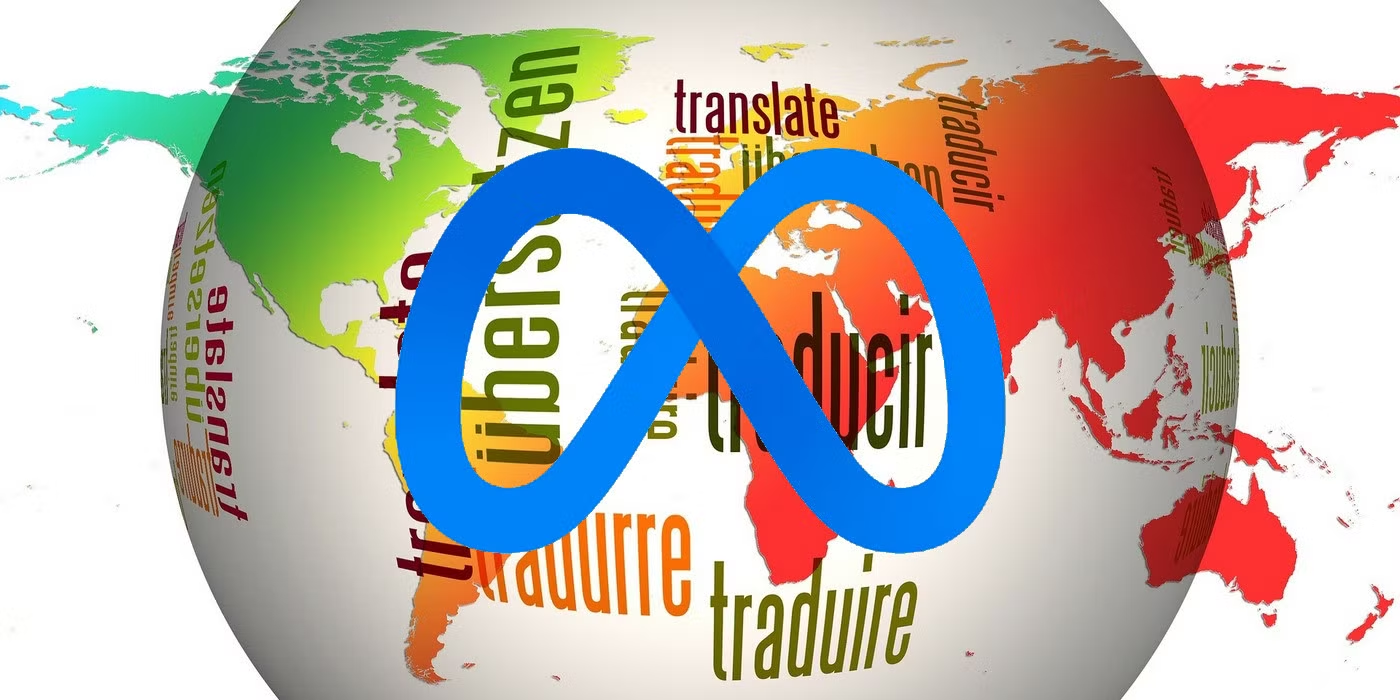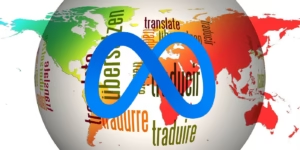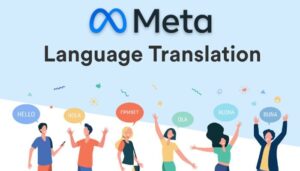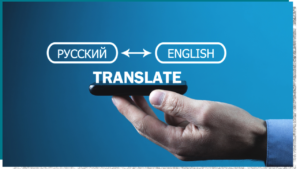Meta’s Translation Features: Breaking Language Barriers in the Digital Age
Introduction
The world is more connected than ever before. Social media, online communities, and global businesses rely on seamless communication across languages. In this environment, Meta’s translation features have emerged as powerful tools to bridge linguistic divides. Whether you are scrolling through Facebook, connecting on Instagram, chatting on Messenger, or exploring WhatsApp groups, translation technology is shaping how we interact in real time.
Meta, formerly Facebook, has invested heavily in artificial intelligence (AI), machine learning (ML), and natural language processing (NLP) to make translation smarter, faster, and more accurate. The company’s vision is not just about converting words—it’s about making communication natural and meaningful across 200+ languages. This article explores Meta’s translation features, their underlying technology, real-world applications, challenges, and what the future may hold.
The Evolution of Meta’s Translation Features
Early Beginnings
When Facebook first introduced translation options over a decade ago, the system relied heavily on statistical machine translation (SMT). Users could click “See Translation” to get a basic understanding of foreign-language content. While helpful, translations often felt robotic, inaccurate, and lacked cultural nuance.
Shift to AI-Powered Translations
By the mid-2010s, Meta began transitioning toward neural machine translation (NMT). Instead of word-for-word replacements, NMT uses deep learning models to capture context, grammar, and semantics. This marked a turning point in translation quality, enabling smoother sentence flow and more natural expressions.
Towards Universal Speech and Text Translation
Today, Meta’s research labs are working on No Language Left Behind (NLLB) and Universal Speech Translator projects. These initiatives aim to build AI models capable of real-time speech and text translation across thousands of languages, even those with limited online resources.
Key Translation Features Across Meta Platforms
1. Facebook
-
Automatic Post Translation: Posts in foreign languages often come with a “See Translation” button powered by AI.
-
Comment Translation: Enables users to follow discussions in multiple languages.
-
Business Pages: Companies can automatically translate ads and updates for international audiences.
2. Instagram
-
Caption & Comment Translation: Viewers can instantly translate photo and video captions.
-
Stories & Reels Translation: AI-powered subtitles and translations allow creators to reach global fans.
-
Influencer Engagement: Brands and creators can expand reach by breaking language barriers.
3. Messenger
-
M Translations: The built-in assistant, “M,” detects when a message is in another language and offers translations in real time.
-
Cross-Border Conversations: Especially valuable in global marketplaces and international customer service.
4. WhatsApp
-
Business API Integration: Supports translation in customer-business chats.
-
Group Chat Translation: Helps multilingual groups communicate without friction.
-
Voice & Text Hybrid: Experimental features include speech-to-text translation for seamless voice communication.
The Technology Behind Meta’s Translations
Meta’s translation features rely on cutting-edge AI frameworks. Here’s how the process works:
Neural Machine Translation (NMT)
NMT uses deep neural networks to process entire sentences instead of individual words. This allows the system to:
-
Capture context within paragraphs.
-
Handle idiomatic expressions better.
-
Produce more natural and human-like translations.
Multilingual Models
Instead of building separate models for each language pair, Meta uses multilingual translation models that can handle dozens of languages simultaneously. This reduces resource needs and improves efficiency.
Zero-Shot & Few-Shot Learning
For underrepresented languages, Meta’s models use zero-shot learning, meaning they can translate between languages without direct training data. This is crucial for preserving endangered languages.
Speech-to-Speech Translation
Meta’s Universal Speech Translator (UST) bypasses the text layer, directly converting one spoken language into another in real time. This reduces latency and improves fluency for live interactions.
Impact of Meta’s Translation Features
1. Social Connectivity
Meta platforms host billions of users. Translation makes it possible for someone in India to engage with posts from Brazil, or a French creator to gain followers in Japan. This fosters cross-cultural friendships, collaborations, and shared knowledge.
2. Business Expansion
Small and medium businesses can market globally without worrying about language. Ads, customer support, and product information can all be automatically localized to reach wider audiences.
3. Education & Accessibility
Translation opens access to online learning communities, non-English educational resources, and global professional networks. It also empowers marginalized groups who previously lacked digital representation.
4. Humanitarian Applications
Meta’s translation tools are valuable in crises. For example:
-
Helping NGOs coordinate disaster relief across regions.
-
Supporting refugees in communication with aid workers.
-
Spreading health awareness campaigns globally.
Challenges in Translation
Despite significant progress, challenges remain:
-
Accuracy Issues: AI can still mistranslate slang, sarcasm, or culturally nuanced text.
-
Bias in AI Models: Translation systems may reinforce stereotypes if trained on biased data.
-
Privacy Concerns: Translating private messages raises questions about data handling.
-
Low-Resource Languages: Many dialects still lack sufficient training data, leading to uneven translation quality.
-
Real-Time Limitations: Speech translation in noisy environments or with heavy accents can be unreliable.
Meta’s Research Initiatives
No Language Left Behind (NLLB)
A groundbreaking project aimed at supporting 200+ languages, especially those spoken by smaller populations. This ensures inclusivity in the digital age.
Universal Speech Translator
Focused on direct speech-to-speech translation, this research could revolutionize video calls, VR meetings, and global events.
Responsible AI
Meta emphasizes ethical AI development, working to reduce bias, improve accuracy, and protect user data in translation systems.
Future of Meta’s Translation Features
-
Deeper Integration with AR/VR
In the metaverse, real-time translation will be crucial for immersive global interactions. Imagine attending a virtual concert where lyrics are translated instantly into your language. -
More Personalized Translations
Future systems may adapt to user preferences, adjusting formality, tone, or regional dialects automatically. -
Accessibility Enhancements
Integration with assistive technologies for the visually or hearing impaired will broaden inclusivity. -
Collaborations with Governments & NGOs
Meta could play a major role in digital diplomacy, education, and global cooperation through translation tech.
Conclusion
Meta’s translation features are more than just a convenience—they represent a vision of a borderless digital world. By leveraging AI and deep learning, Meta is creating tools that connect people across continents, empower businesses, and preserve languages that might otherwise fade into obscurity.
The journey is far from complete. Challenges around accuracy, cultural nuance, and privacy remain. Yet, with initiatives like NLLB and Universal Speech Translator, Meta is pushing boundaries that once seemed impossible.
In a world where communication is power, Meta’s translation features stand as a beacon of global connection, inclusivity, and understanding.
Privacy Lawsuit: Navigating the Legal Battles Over Data in the Digital Age






